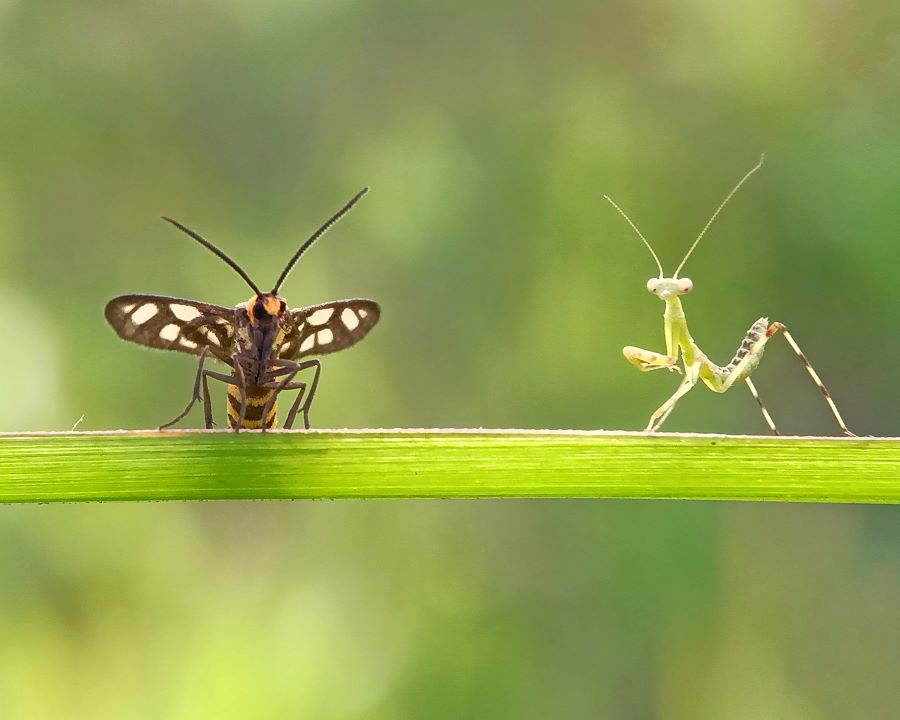Weeds are often dismissed as unwanted guests in gardens and landscapes, yet this view overlooks the hidden value of many so-called invasive species. These plants, frequently uprooted and discarded, harbor ecological benefits, nutritional value, and medicinal properties that go unrecognized. This post aims to shed light on plants commonly labeled as weeds, revealing their positive attributes and challenging prevailing misconceptions. By exploring the characteristics and contributions of these plants, a new appreciation for their role in ecosystems and human health can be fostered.
Contents
Dandelion (Taraxacum officinale)
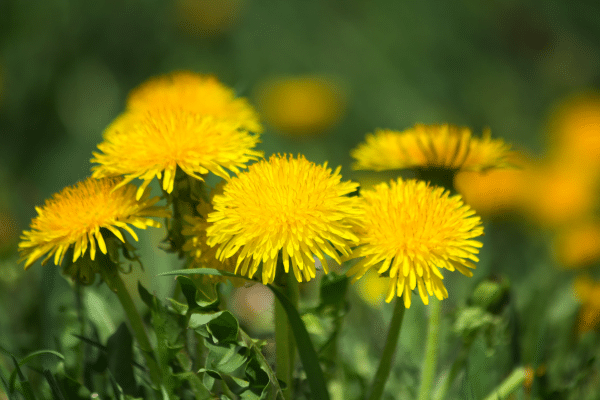
Dandelions are known for their bright yellow flowers and fluffy seed heads that children love to blow apart, wishing on the airborne seeds. Often seen invading lawns and gardens, their persistence and rapid spread have earned them a notorious reputation. However, this perception overlooks the dandelion’s resilience and adaptability, traits that enable it to thrive in diverse environments.
Beyond being a nuisance, dandelions offer significant nutritional and ecological benefits. The entire plant is edible, with leaves rich in vitamins and minerals, roots that can be used to make a coffee substitute, and flowers that produce dandelion wine. Additionally, dandelions play a crucial role in supporting pollinator populations by providing an essential source of nectar and pollen early in the spring, before many other flowers bloom.
Clover (Trifolium)
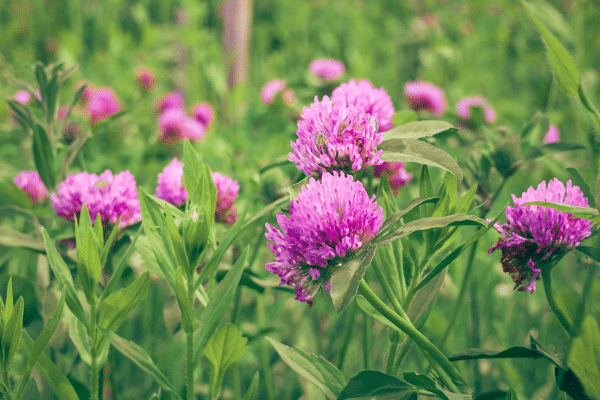
Clover, with its distinctive trifoliate leaves and sweet-smelling flowers, often finds itself at odds with the traditional image of a manicured lawn. Its tendency to grow in dense patches can be seen as unsightly, leading many to categorize it as a weed. This perspective, however, fails to acknowledge clover’s beneficial qualities, such as its ability to enrich soil and tolerate drought conditions.
One of clover’s most remarkable features is its ability to fix nitrogen in the soil, a process that converts atmospheric nitrogen into a form that plants can absorb and use as a nutrient. This natural fertilizer reduces the need for chemical inputs, promoting a healthier and more sustainable environment. Additionally, clover attracts a variety of pollinators with its flowers, contributing to the biodiversity of the area and supporting the local ecosystem.
Purslane (Portulaca oleracea)
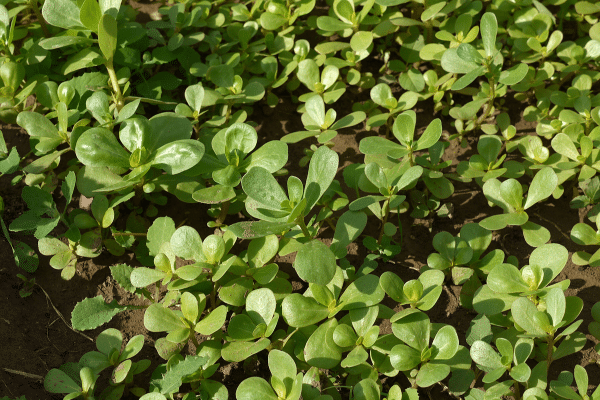
Purslane often goes unnoticed until it spreads across garden paths and through vegetable beds, its fleshy, succulent leaves sprawling across the ground. Many gardeners pull it up, dismissing it as nothing more than an invasive weed. Yet, this unassuming plant is a powerhouse of nutrition, with higher levels of omega-3 fatty acids than any other leafy vegetable plant.
Aside from its nutritional profile, purslane boasts a long history of culinary use in many cultures. Its crisp, tangy leaves can be eaten raw in salads, cooked like spinach, or used in soups and stews, offering a versatile ingredient for a variety of dishes. Moreover, purslane’s remarkable drought resistance makes it a valuable plant in arid regions and a model for sustainable agriculture practices.
Lamb’s Quarters (Chenopodium album)
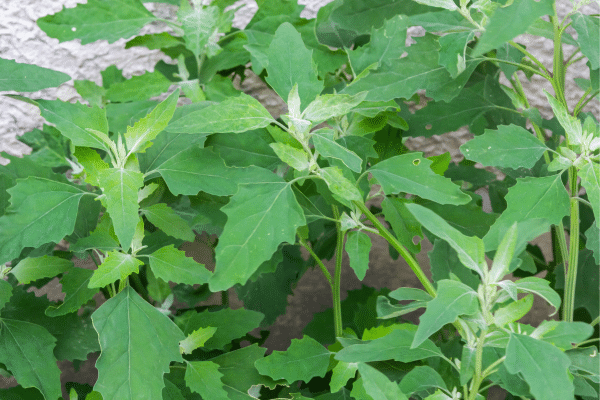
Lamb’s quarters emerge as a common sight in gardens, fields, and waste spaces, often regarded as an unwelcome intruder that competes with cultivated plants. Despite its reputation for being a vigorous grower, lamb’s quarters is a highly nutritious plant, packed with vitamins and minerals, particularly vitamin A, calcium, potassium, and iron. Its leaves are tender and have a flavor similar to spinach, making it a fantastic wild edible.
Beyond its nutritional value, lamb’s quarters serve as an indicator of fertile soil and can improve the nutrient quality of the land it inhabits. Gardeners can utilize lamb’s quarters as a green manure, incorporating it into the soil to enhance its fertility. This approach not only manages the growth of lamb’s quarters but also leverages its presence for the benefit of the garden ecosystem.
Nettle (Urtica dioica)
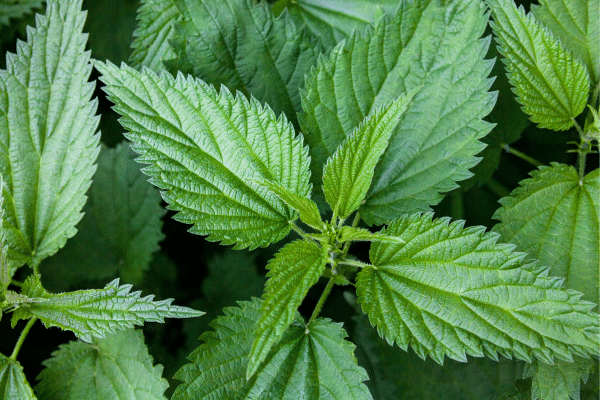
Nettle is often avoided due to its stinging hairs, which can cause a painful rash upon contact. This defensive mechanism has branded nettle as a troublesome weed, overshadowing its utility in herbal medicine and as a nutritious food source. The plant is rich in vitamins A and C, iron, potassium, manganese, and calcium, making it a potent health supplement.
In addition to its nutritional benefits, nettle has a long history of use in textiles, with fibers strong enough to be made into cloth. Its medicinal properties are well-documented, with nettle tea being a popular remedy for allergies and joint pain. The versatility of nettle, from kitchen to wardrobe, presents a compelling case for its reevaluation from weed to wonder.
Chickweed (Stellaria media)
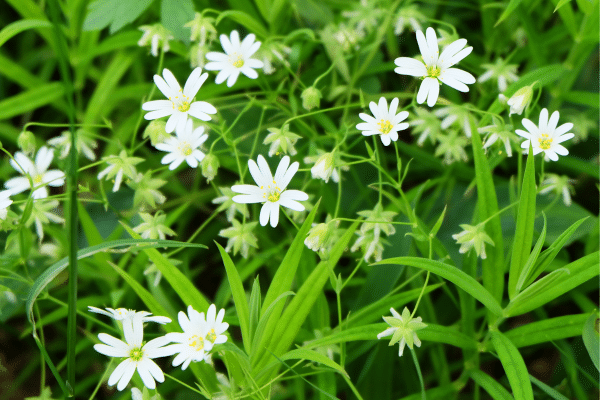
Chickweed is a small, starry-flowered plant often uprooted from gardens and potted plants, where it is considered a pest. However, this humble weed is a treasure trove of vitamins and minerals, offering a delicate, spinach-like flavor that enhances salads, sandwiches, and green smoothies. Its rapid growth and abundance make chickweed a readily available source of nutrients throughout much of the year.
Medicinally, chickweed has been used to soothe skin conditions such as eczema and rashes, due to its anti-inflammatory properties. Its presence in a garden can also attract beneficial insects, including pollinators and predatory insects that control pest populations. Chickweed’s dual role as a nutritional supplement and a component of garden biodiversity underscores its value beyond a mere weed.
The Bottom Line
The plants commonly dismissed as weeds possess hidden virtues that deserve recognition. From dandelions to chickweed, these resilient species offer a wealth of nutritional, medicinal, and ecological benefits. They challenge the conventional wisdom of what constitutes a weed, suggesting a need for a broader understanding of plant value. Encouraging a shift in perspective can lead to more sustainable gardening practices and a deeper appreciation for the complexity of plant life. By embracing these so-called weeds, one can discover the richness they add to both diets and ecosystems, highlighting the interconnectedness of all living things.


